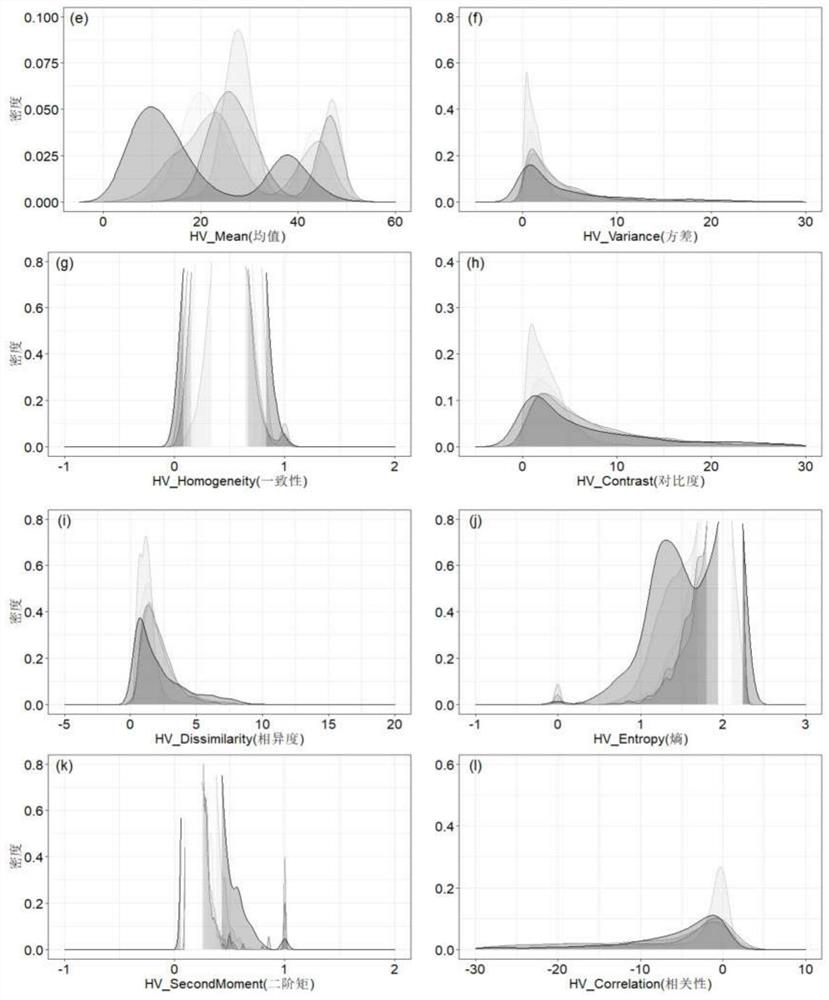Man-made forest space pattern recognition method based on time sequence classification and space analysis
A technology of spatial analysis and recognition methods, applied in character and pattern recognition, instruments, computer components, etc., can solve the problems of lack of data support, continuous information, and lack of sufficient spatial information for historical information recognition
- Summary
- Abstract
- Description
- Claims
- Application Information
AI Technical Summary
Problems solved by technology
Method used
Image
Examples
Embodiment 1
[0035] Such as figure 1The shown plantation spatial pattern recognition method based on time-series classification and spatial analysis includes the following steps: First, collect the available Landsat data and PALSAR data, and perform stochastic gradient boosting to classify land cover types based on the polarization and texture of PALSAR, and then Obtain the NDVI time series based on Landsat, and obtain the threshold for distinguishing forests and non-forests, then combine the classification results obtained by PALSAR to generate the final forest and non-forest products, and combine the methods of knowledge discrimination and spatial analysis to finally generate the spatial distribution of plantations.
[0036] 1) Data acquisition
[0037] Taking northern Guangdong p122r043 as an example, the PALSAR image mosaic dataset (2007-2016) was obtained from JAXA, Japan, and the Landsat TM / ETM+ / OLI remote sensing images from 1986-2016 were obtained from the USGS. Obtain Landsat dat...
PUM
 Login to View More
Login to View More Abstract
Description
Claims
Application Information
 Login to View More
Login to View More - R&D
- Intellectual Property
- Life Sciences
- Materials
- Tech Scout
- Unparalleled Data Quality
- Higher Quality Content
- 60% Fewer Hallucinations
Browse by: Latest US Patents, China's latest patents, Technical Efficacy Thesaurus, Application Domain, Technology Topic, Popular Technical Reports.
© 2025 PatSnap. All rights reserved.Legal|Privacy policy|Modern Slavery Act Transparency Statement|Sitemap|About US| Contact US: help@patsnap.com



